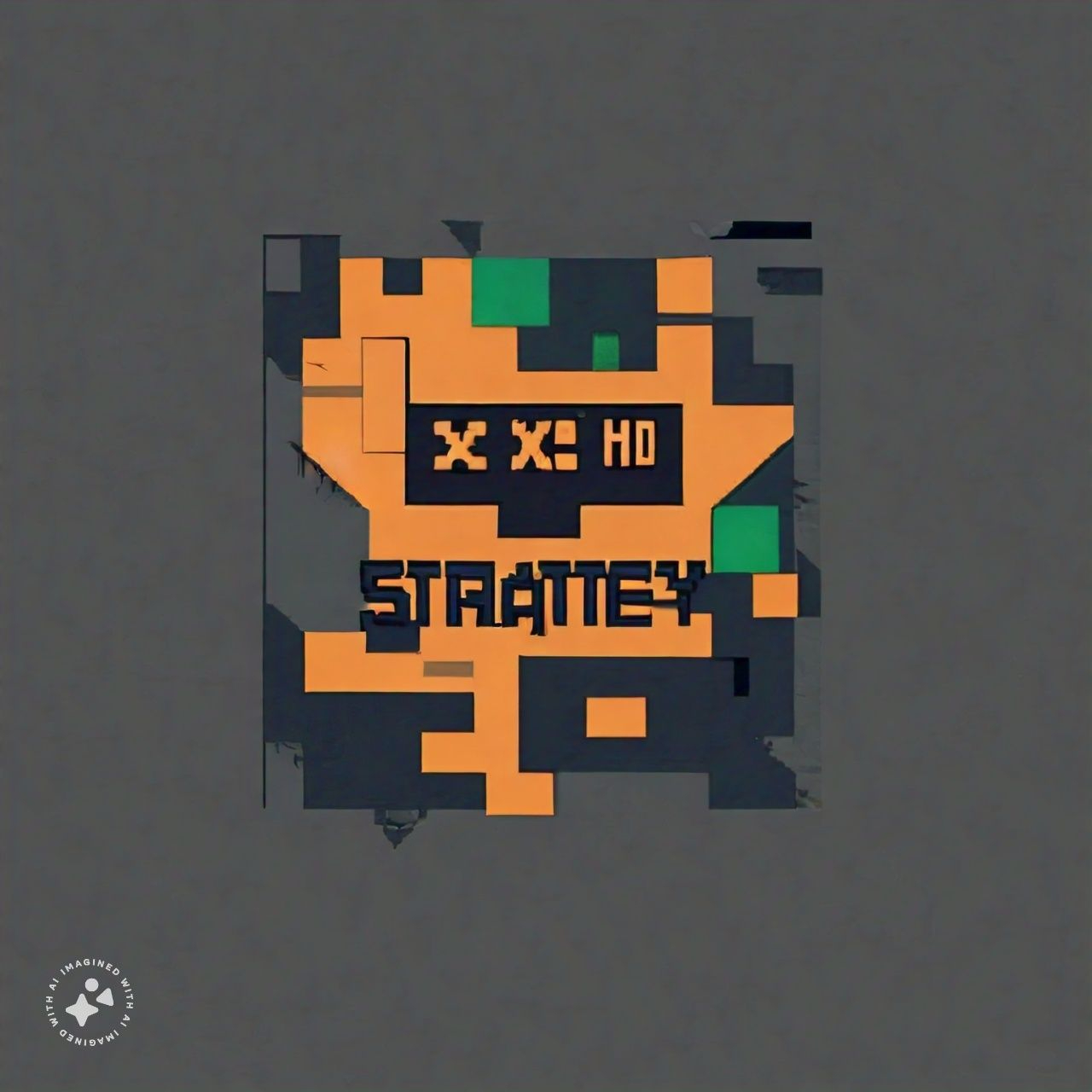Earlybird vs. Any in Startup Investment Models
by
August 8th, 2024
Audio Presented by

Navigating the path to success with Exit Strategy, charting a course for businesses to thrive and investors to prosper.
Story's Credibility

About Author
Navigating the path to success with Exit Strategy, charting a course for businesses to thrive and investors to prosper.